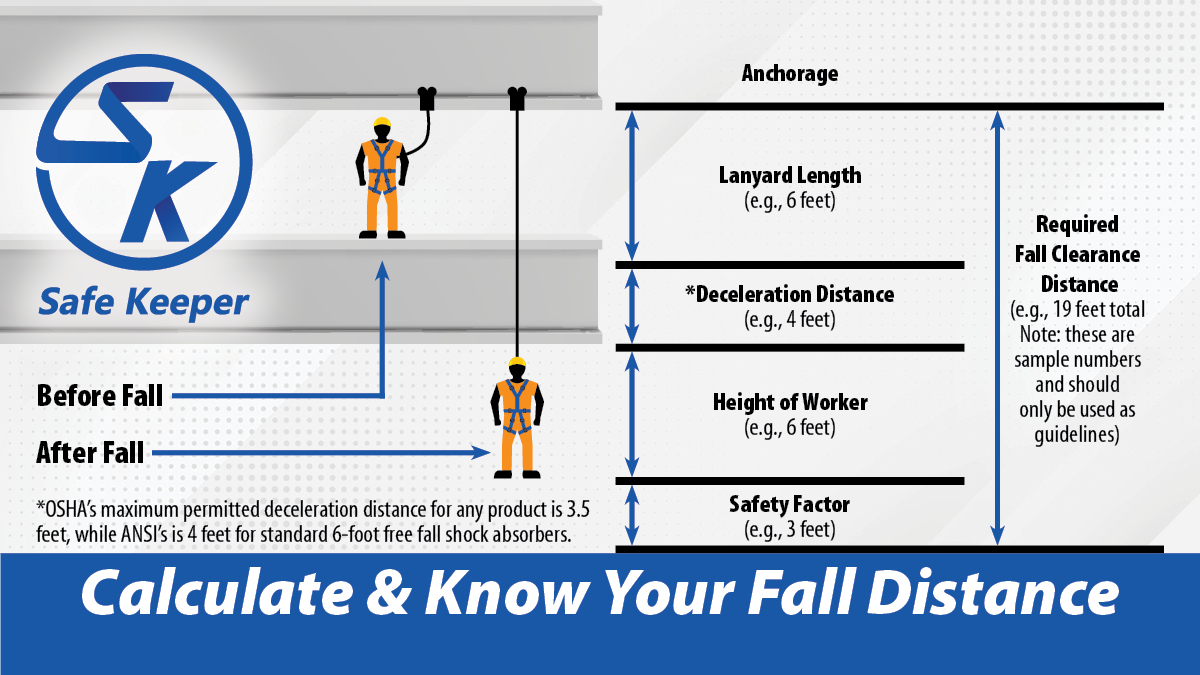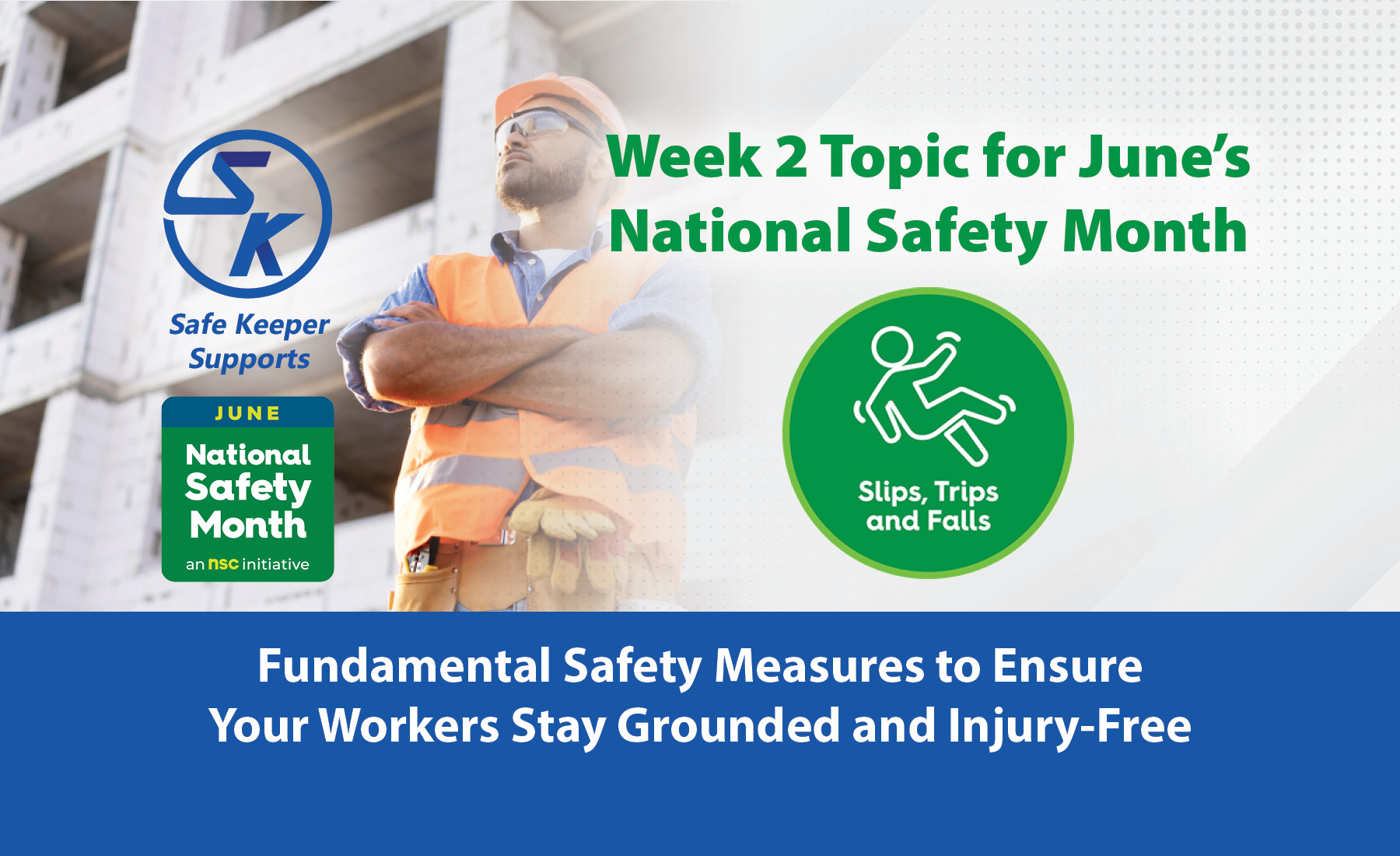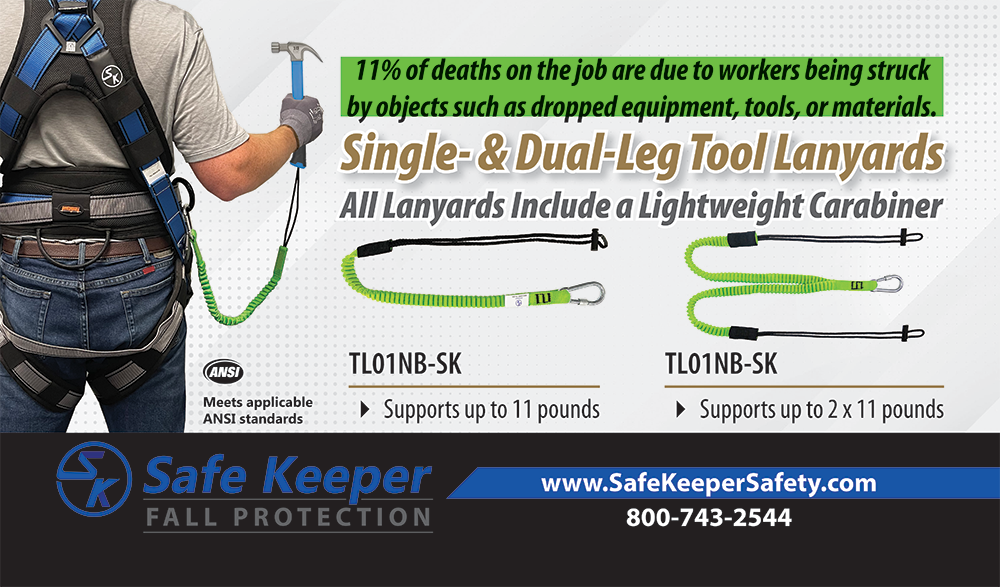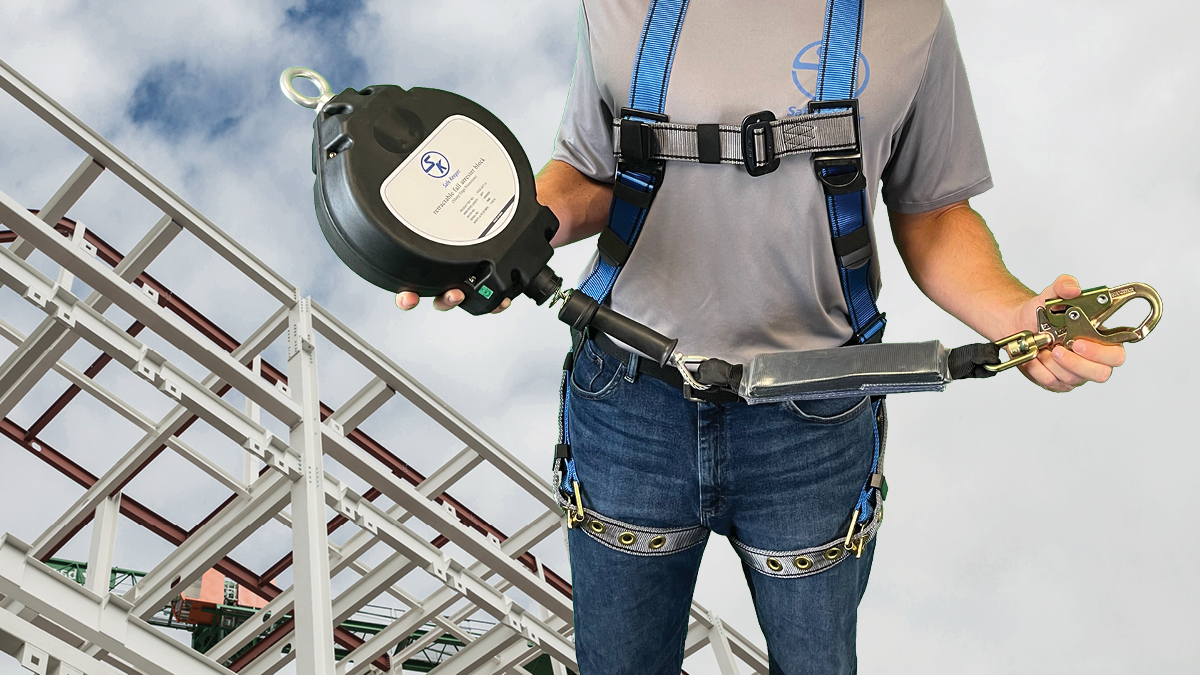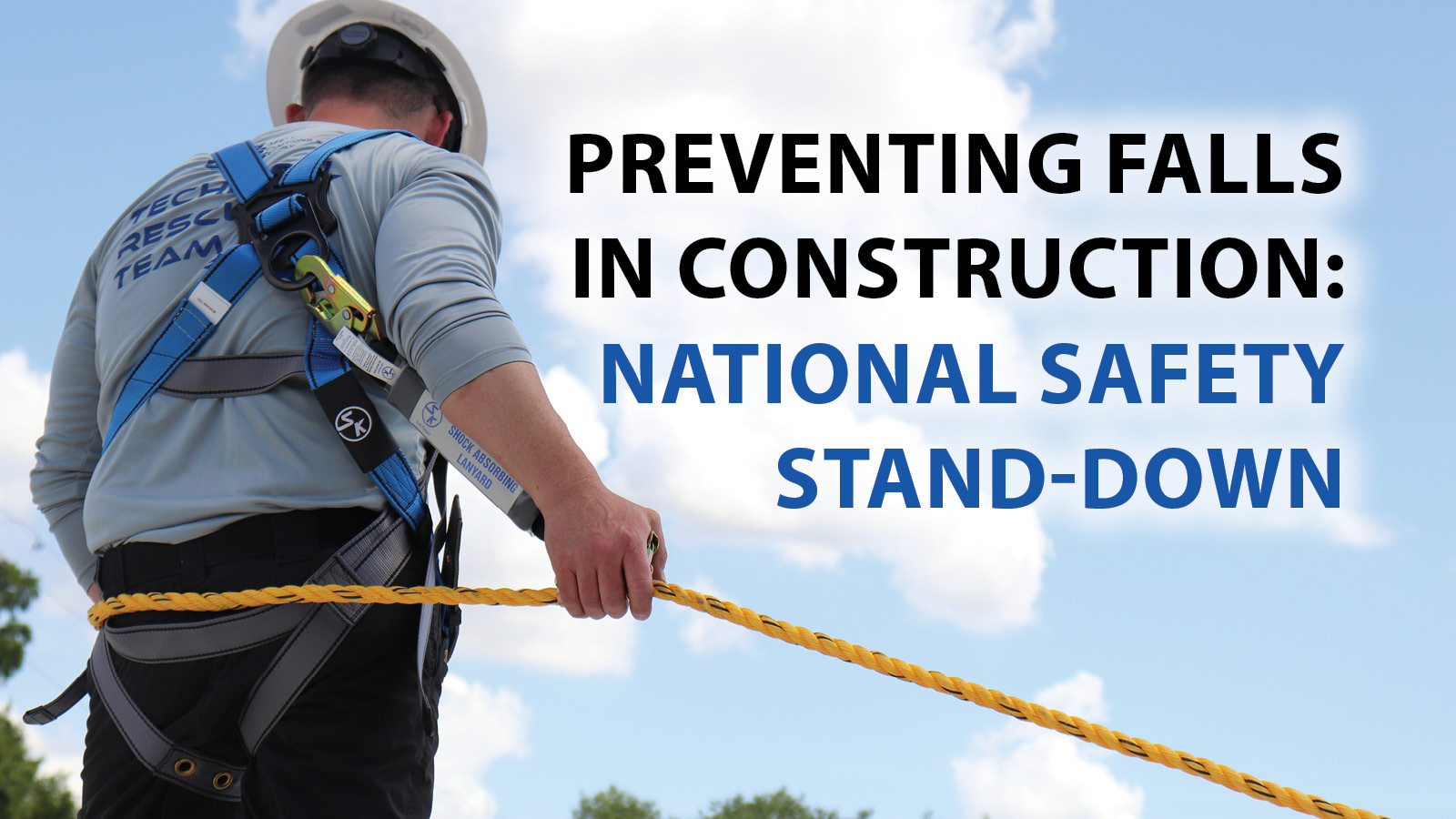See how to calculate fall clearance distance to ensure that a personal fall arrest system will keep a worker safe should a fall occur.
Personal fall protection equipment keeps a worker from being injured or killed when working at heights, but it is not as simple as putting the equipment on and getting to work. In addition to having training on the correct way to wear and use fall protection equipment, some equipment requires calculating the fall clearance distance before being used.
Personal Fall Arrest Systems and Fall Clearance Distance
A personal fall arrest system (PFAS) includes components like a full-body harness, retractable line, and anchorage that arrests or stops a worker from contacting a structure or another level after a fall has occurred. Then, even if a worker falls, the PFAS stops the fall before the worker makes contact with the ground or floor, another level, or a structure.
However, a PFAS can only be effective if preplanning for each situation that occurs. Calculating fall clearance distance is a must before a PFAS is put into use to ensure it will adequately arrest the fall and keep the falling worker safe. Per OSHA, fall clearance distance is the minimum vertical distance between the worker and the lower level necessary to ensure the worker does not contact a lower level during a fall.
Not calculating fall clearance distance presents the danger of a worker falling and still making contact with a lower level of a structure before the PFAS engages to arrest the fall. OSHA maintains that factors that go into calculating fall clearance distance include:
- Lanyard length
- The height at which the lanyard is anchored relative to where the other end attaches to the harness
- The distance the worker will travel as the deceleration device absorbs the energy from the fall (i.e., slows it down)
- The height of the worker
- D-ring shift
- A safety factor
Variables needed to calculate the total fall clearance distance, per OSHA, include:
- Freefall distance: the distance the worker will fall before the PFAS starts to arrest the fall. This distance has to be 6 feet or less; if this distance does not prevent the worker from contacting a lower level, use a fall restraint. Freefall distance varies depending on the lanyard’s length and where the anchor is set relative to the back D-ring on the harness.
- Deceleration distance: the distance the lanyard stretches in stopping the fall. OSHA’s maximum permitted deceleration distance for any product is 3.5 feet, while ANSI’s is 4 feet for standard 6-foot free fall shock absorbers.
- D-ring shift: the distance the D-ring and the harness will move during a fall. It is usually assumed to be one foot, but it varies.
- Back D-ring height: this distance is measured from the D-ring to the worker’s shoe sole while wearing the harness.
- Safety factor: this measurement is an added distance to ensure enough clearance between the worker and a lower level after a fall. It is typically 3 feet.
Adding all the above distances gives you the total fall clearance distance. If the calculated total fall clearance distance is greater than the actual distance available, the PFAS will not protect the worker, and a different type of fall protection should be put to use instead. Safe Keeper offers a wide range of high-quality fall protection products, confined space equipment, and accessories, including harnesses, lanyards, retractable lines, anchorage, and more!
